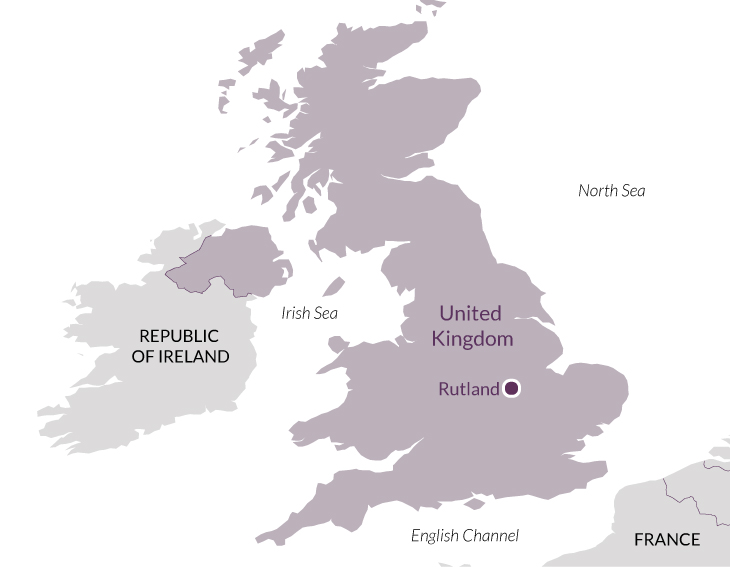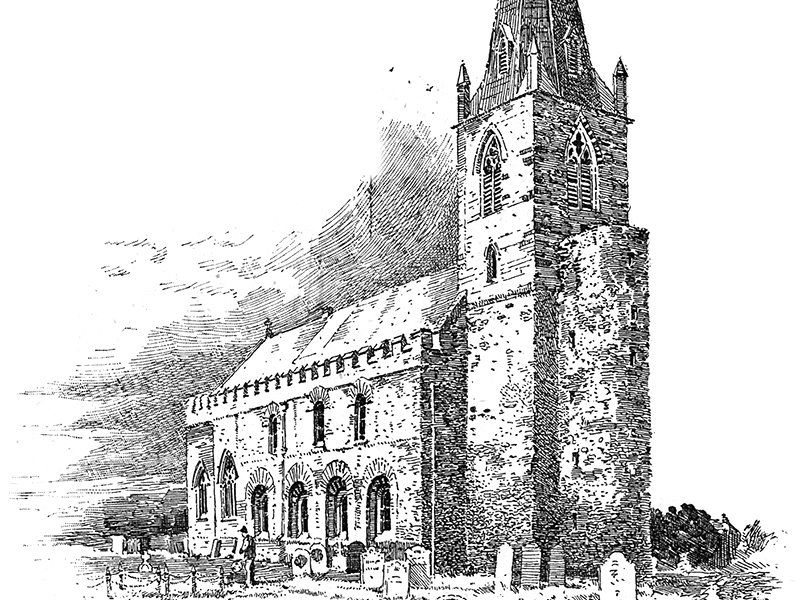Overview
The East Midlands boasts some of the finest medieval ecclesiastical architecture in England. The region largely corresponds to the Anglo-Saxon kingdom of Mercia, which converted to Christianity during the seventh century and had already established a widespread network of churches and monasteries by the eighth century.
Though the rich, agricultural territory remained disputed between the Saxons and the Danes until the Normans finally brought stability, those looking to explore its pre- and post-Conquest heritage will be delighted to find outstanding examples of Saxon, Norman and Gothic architecture.
Two of the most impressive buildings the tour visits are Peterborough Cathedral and Southwell Minster. Peterborough, one of the five great medieval abbey churches, is the least altered of England’s Norman cathedrals, with a nave that retains the original 13th-century painted wooden roof – one of only four in Europe. Southwell Minster, with its distinctive pepper-pot spires, is another exceptional example of the Norman and Early English styles.
The area is notable, too, for its fine medieval parish churches and amongst the highlights of the visit are: All Saints’ Brixworth, England’s largest and best preserved Saxon church; the Church of the Holy Sepulchre in Northampton, built shortly after the First Crusade and inspired by the Holy Sepulchre in Jerusalem; and the 14th-century St Mary Magdalen, Newark upon Trent, with its remarkable panel painting from the Dance of the Death.
Day 1
Peterborough, Barnack. The coach leaves Peterborough Railway Station at 2.00pm for the short drive to Peterborough Cathedral, proud possessor of the most ambitious medieval painted ceiling to survive in England, as well as a majestic Romanesque nave, fan-vaulted east end and astonishingly inventive west front. A brief visit to the important early Gothic parish church of Barnack. First of four nights in Rutland.
Day 2
Southwell, Hawton, Newark, Holme. A day devoted to Nottinghamshire, beginning with Southwell Minster, the pre-eminent medieval church of the county and a building justly celebrated for the exquisite naturalistic foliage of its chapter-house. Thence to the breathtaking early-14th-century chancel at Hawton. Visit Newark-on-Trent, whose mid-12th-century castle and new river crossing sowed the seeds of prosperity for the town, which led to the rebuilding of St Mary Magdalen as one of the finest of all English late medieval parish churches. Cross the Trent to the tiny jewel-like church in Holme.
Day 3
Brixworth, Northampton, Earls Barton, Higham Ferrers, Geddington. A perfect opportunity to slip south into Northamptonshire. First to the great Anglo-Saxon minster church at Brixworth, and on to a wonderful pair of Romanesque churches: lavishly sculpted St Peter and the centrally-planned Holy Sepulchre, in Northampton. Drive to Earl’s Barton, the town beautifully punctuated by its late Anglo-Saxon tower, before continuing to Edmund Crouchback’s stunning church at Higham Ferrers and the most delicate of the surviving Eleanor Crosses at Geddington.
Day 4
Melton Mowbray, Gaddesby, Oakham, Castor, Fotheringhay. A day of local horizons, starting with the majestic late medieval town church at Melton Mowbray, and maturing via Decorated Gaddesby, late-12th-century Oakham Castle, Romanesque Castor and the sometime Yorkist mausoleum at Fotheringhay.
Day 5
Tickencote, Stamford. Drive along the northern shore of Rutland water to the enchanting Romanesque parish church at Tickencote. In Stamford visit the important late medieval chantry foundation known as Browne’s Hospital and the superb late medieval stained glass at St Martin. Return to Peterborough Railway Station by 2.30pm.
Price, per person
Two sharing: £1,530. Single occupancy: £1,680.
Included
Travel by private coach; accommodation as described below; breakfasts and all dinners with wine, water and coffee; all admissions and donations; tips for restaurant staff and drivers; the services of the lecturer and tour manager.
Accommodation
Barnsdale Lodge Hotel, Rutland. A three-star hotel housed in an extended old farmhouse close to Rutland Water. Public rooms and bedrooms are arranged around a courtyard and have a traditional, country décor. Bedrooms vary in size and outlook. There is a restaurant and lounge; service is friendly. There is no lift.
How strenuous?
This tour involves quite a lot of getting on and off coaches and standing around and should not be attempted by anyone who has difficulty with everyday walking and stair-climbing. Average distance by coach per day: 61 miles.
Are you fit enough to join the tour?
Group size
Between 10 and 22 participants.
Travel advice
Before booking, please refer to the FCO website to ensure you are happy with the travel advice for the destination(s) you are visiting.

'The lecturer was excellent. He loves his subject and can effortlessly impart that love to his audience.'
'There was wide variety between the buildings in a relatively compact area of England.'
'Very well thought out. Every day was really enjoyable.'
